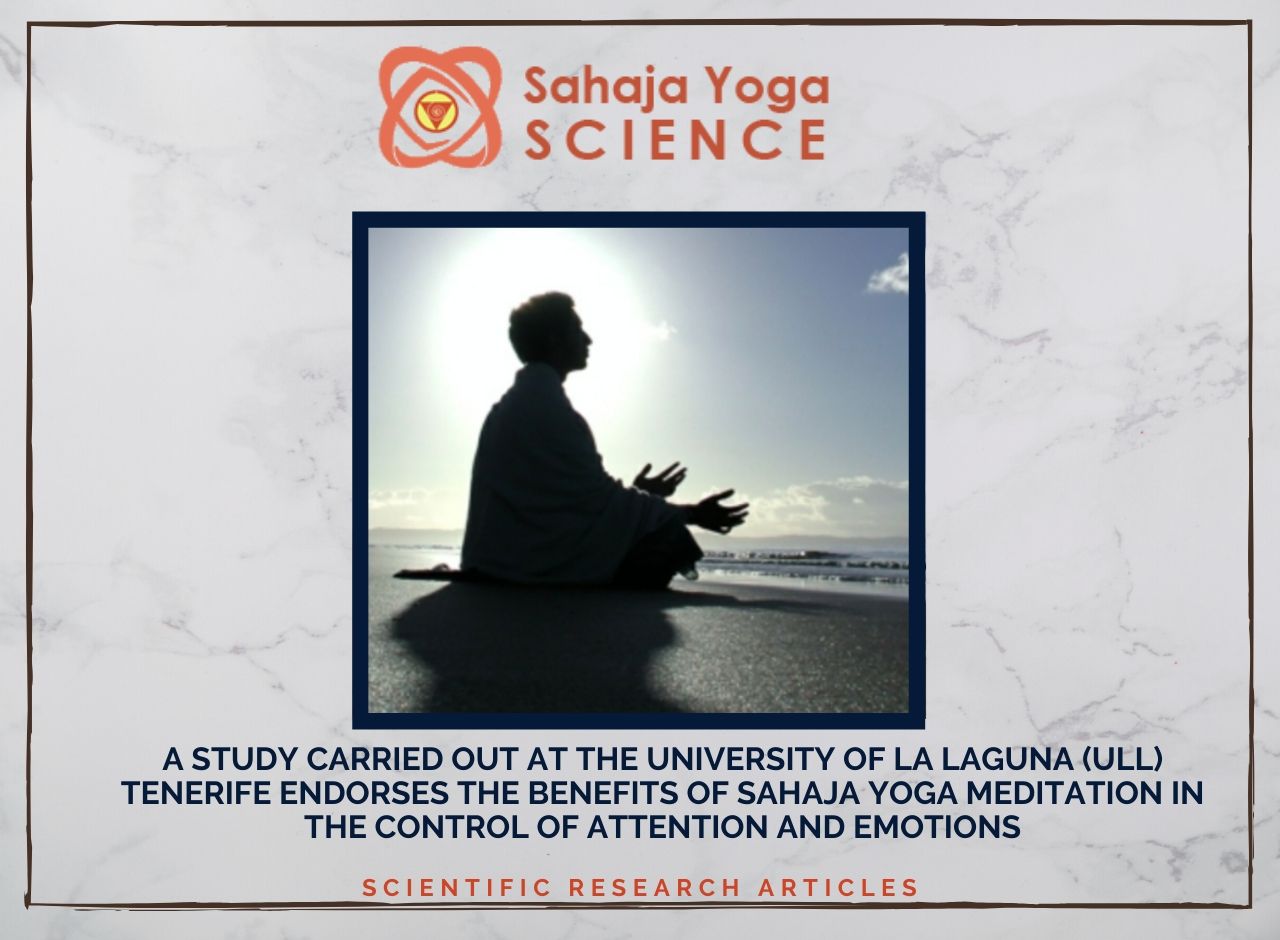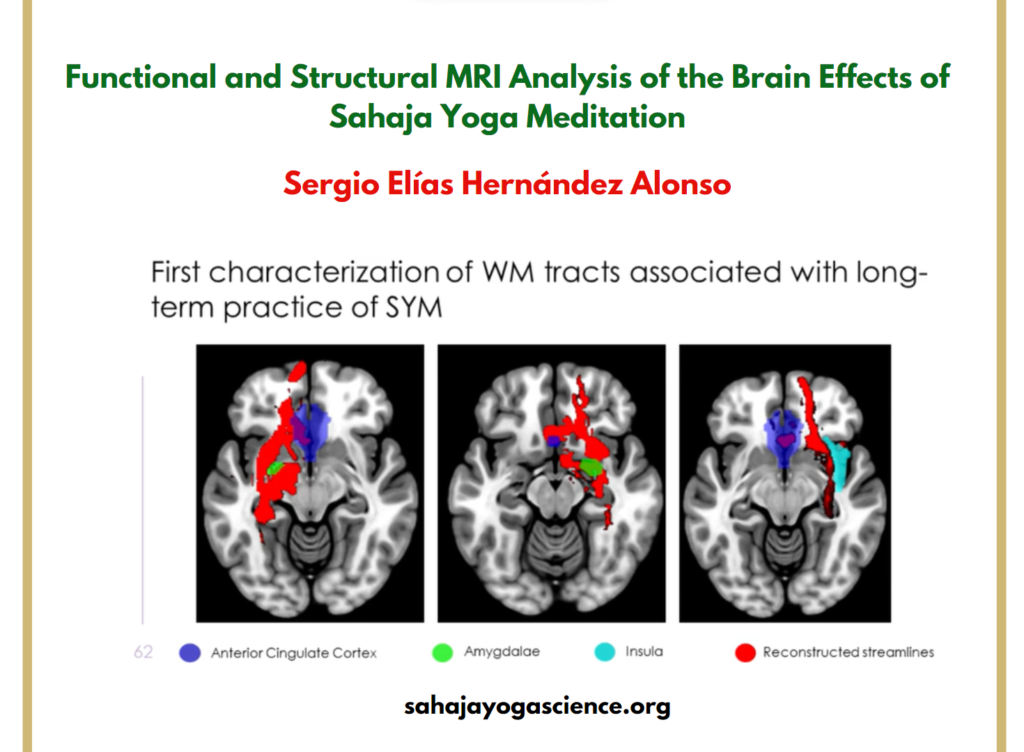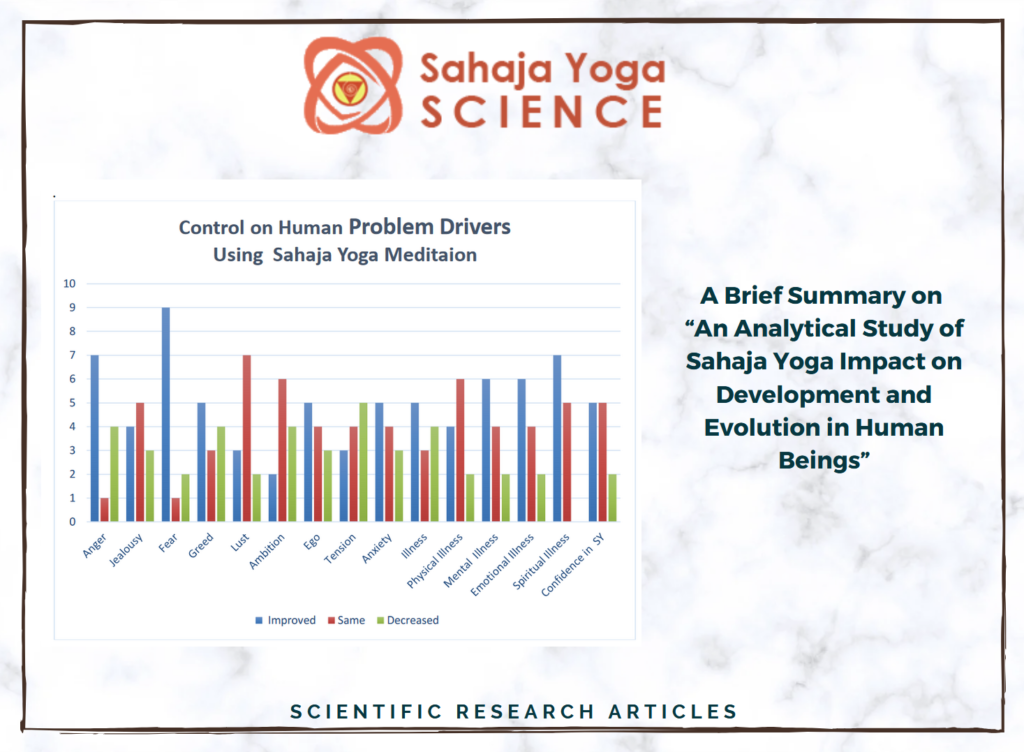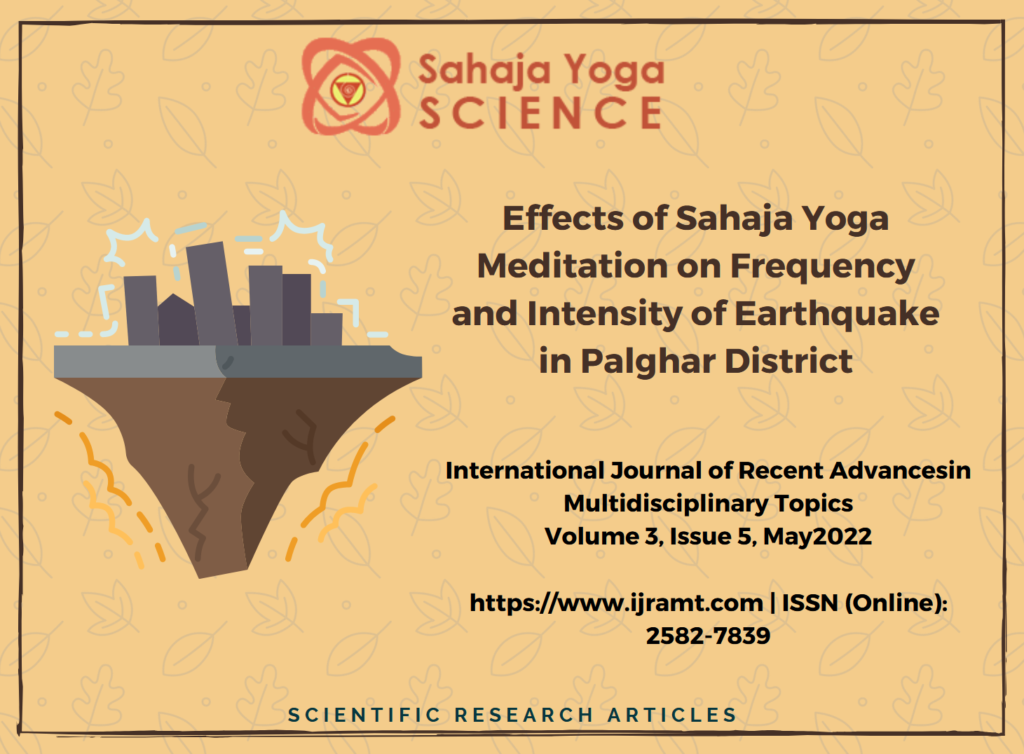A STUDY CARRIED OUT AT THE UNIVERSITY OF LA LAGUNA (ULL) TENERIFE ENDORSES THE BENEFITS OF SAHAJA YOGA MEDITATION IN THE CONTROL OF ATTENTION AND EMOTIONS
A study conducted at the University of La Laguna on the human brain in the state of mental silence in meditation has just been published in the journal Neuroscience. The article is entitled “Grey matter and functional connectivity in the anterior cingulate cortex are associated with the state of mental silence perceived during Sahaja Yoga meditation”, the original text can be found
on this link:
https://doi.org/10.1016/j.neuroscience.2017.12.017
This state of mental silence from the perspective of neuroscience and health has been under investigation for eight years by scientists from several European universities: Kings College London, University of Leipzig and the Spanish universities Jaume I of Castellón and The University of La Laguna in Tenerife (ULL), led by Professor Sergio Elias Hernández, of the ULL.
It is said that meditation is, among other things, a physiological state of reduced metabolic activity, different from sleep, which causes physical and mental relaxation and improves psychological balance and emotional stability.
In Western psychology, three states of consciousness are described: deep sleep, dreaming and wakefulness. In Eastern philosophy and in several Western religious and mystical traditions, an additional and supposedly
“superior” state of consciousness has been described, the so-called “fourth state of consciousness”, also called “state of mental silence” or consciousness without thoughts” or “Nirvichara Samadhi” in Sanskrit.
In addition to the interest that meditation has always aroused as a practice of personal growth, the positive results of meditation in the treatment of mental disorders such as stress, depression or anxiety, among others, have greatly impelled the scientific study of meditation in its different facets and versions.
The study presented in the journal Neuroscience was conducted in the magnetic resonance scanner of the University of La Laguna, where researchers recorded brain anatomy and functional connectivity in a state of mental silence during meditation (functional connectivity is a neuroimaging technique which shows how different brain areas cooperate to perform functions).
For the aforementioned study, 23 volunteers experienced in Sahaja Yoga meditation and a group of 23 non-meditating volunteers participated with whom brain anatomy was compared. Both groups were very similar or equivalent in age, educational level, ethnicity, etc.
Read the full article in the attached pdf:
benefits-sahaja-yoga




